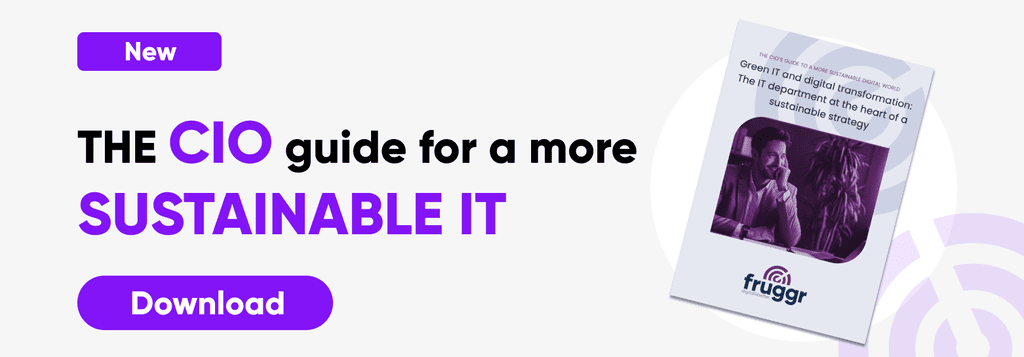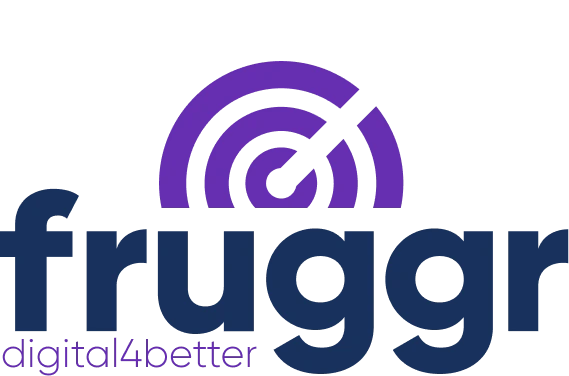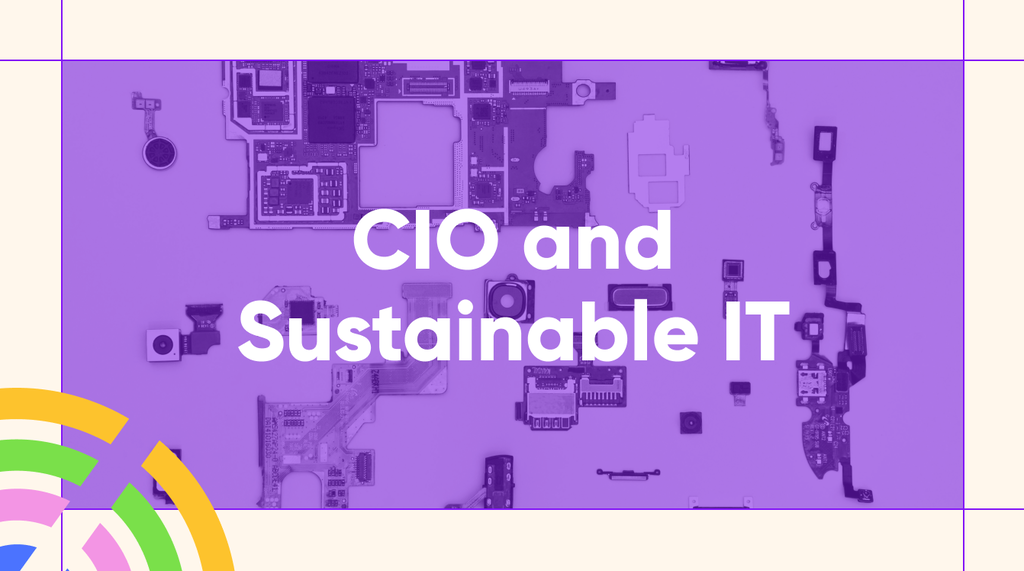In light of the explosive growth in digital usage, the issues related to environmental, social, and ethical impacts are becoming increasingly evident. The numbers highlight the various challenges that sustainable IT addresses, underscoring the importance of rethinking corporate practices.
The IT Department must initiate an approach to comply with legislation and minimize its ecological and social footprint. Despite Gartner’s prediction that 50% of IT departments will integrate sustainability criteria into their KPIs by 2025, awareness of this approach is insufficient. Yet, it offers numerous advantages and should be at the core of IT departments’ strategies to optimize their performance.
The role of sustainable IT within the IT department
Within the IT department, sustainable IT plays a crucial role, influencing strategic directions and operational decisions. Social, environmental, and economic dimensions are increasingly integrated into the daily activities of the IT department, demonstrating its commitment to sustainable development.
Computing equipment, data centers, network infrastructures, and cloud services are the main sources of greenhouse gas emissions and pollution. With 74% of French people believing their company should reduce the environmental impact of digital technology, the IT department must act. Green IT aims to optimize infrastructures to reduce their footprint, whether through energy-efficient technologies, the use of renewable energies, or recycling and waste reduction practices.
Accessibility and inclusion are also key topics in sustainable IT. According to the Valentin Haüy association, only 3 to 4% of websites in France are truly accessible. The goal is for everyone, including people with disabilities, to be able to use digital systems and services.
Green IT: strategic assets for a high-performing IT department
Sustainable IT brings significant advantages to the IT department. By adopting sustainable and eco-responsible practices, the IT department can not only contribute to environmental protection but also achieve savings on various fronts. These multiple benefits demonstrate that integrating a responsible IT policy is not only an ethical necessity but also a smart strategy for the long-term success of the organization.
You will save money
A sustainable IT policy brings significant savings on several fronts, with observed reductions in:
- Energy bills, particularly by adopting greener practices
- IT purchasing costs by choosing refurbished equipment, which is less expensive while remaining efficient and guaranteed
- Expenses related to overuse or underuse of cloud resources through optimization and the use of energy-efficient solutions
- Software license costs (and especially maintenance costs), which become less expensive because more efficient tools wear out less quickly.
It is crucial for companies, especially the IT department, to understand that these responsible practices can lead to other potential savings, both financially and performance-wise.

You will be more efficient
The Green IT approach boosts performance for companies. By optimizing resources, it increases the performance of tools while enhancing their accessibility. Implementing preventive maintenance ensures reliable operational continuity, strengthens system security, and simplifies data management. In internal projects within a large group, sustainable IT fosters the development of specific tools adapted to the real needs of the company, allowing for faster navigation and improved natural referencing. These combined benefits contribute to increased efficiency and better online visibility.
You will save time
Sustainable IT reduces downtime caused by energy issues through better resource management. By optimizing energy use and reducing maintenance needs, companies can operate more smoothly and continuously. This translates into significant time savings, allowing teams to focus on higher-value tasks rather than solving technical and energy issues.
Best practices for adopting a sustainable IT approach
Sustainable IT combines a philosophy of thought and daily practice. Within the IT department, this requires precise reflection for each action, aligned with ethical principles. It guarantees the operational efficiency of the IT department, prevents future corrections, and prepares for legal obligations through various steps:
Gather a dedicated team
Companies succeed in the Green IT field by appointing a responsible person and creating a dedicated team. This technical manager drives the practice with a budget and decision-making power. Proximity to the IT department facilitates coordination and strengthens collaboration. By using an internal reference network, the manager mobilizes teams to complete projects, ensuring a transition to a more responsible and efficient IT department.
Eco-design services
The eco-design of applications, according to ISO14006, is incorporated from the initial design phases based on the principles of the 3Us: Useful, Usable, Used. Governance plays a key role in integrating these aspects, thus optimizing the impact of eco-design and reducing the application’s footprint. The culture of eco-design requires prior training for eco-responsible services and to avoid costly adjustments later. This way, IT departments can naturally adopt eco-design.
Establish a responsible purchasing policy
A responsible purchasing policy involves project analysis to promote integration, avoid duplication, and ensure coherent governance. Partners must adhere to the principles of digital responsibility, and the social impact must be evaluated. This policy, aligned with CSR, requires collaboration with professionals trained in sustainable IT principles, respecting criteria such as code accessibility and carbon footprint.
Analyze the impact of digital technology
Digital analysis aims to reduce the carbon footprint and electrical consumption, promoting refurbishment and social inclusion. To achieve this, the IT department can optimize infrastructures, use renewable energies, and promote the refurbishment of equipment. The Fruggr tool offers an automated solution to decarbonize digital technology, assessing the environmental and social footprint and identifying areas for improvement for more responsible digital technology.
Sustainable IT is becoming a crucial driver of positive impact for companies seeking to engage in sustainability. To implement such initiatives, it is essential for the IT department, as the driver of the CSR approach, to take the time to learn about the various available options and the potential benefits they can offer.
The advantages presented here represent only a small part of what this approach can bring. To go further and discover the keys to embarking on a sustainable IT approach, download our IT Department Guide!

